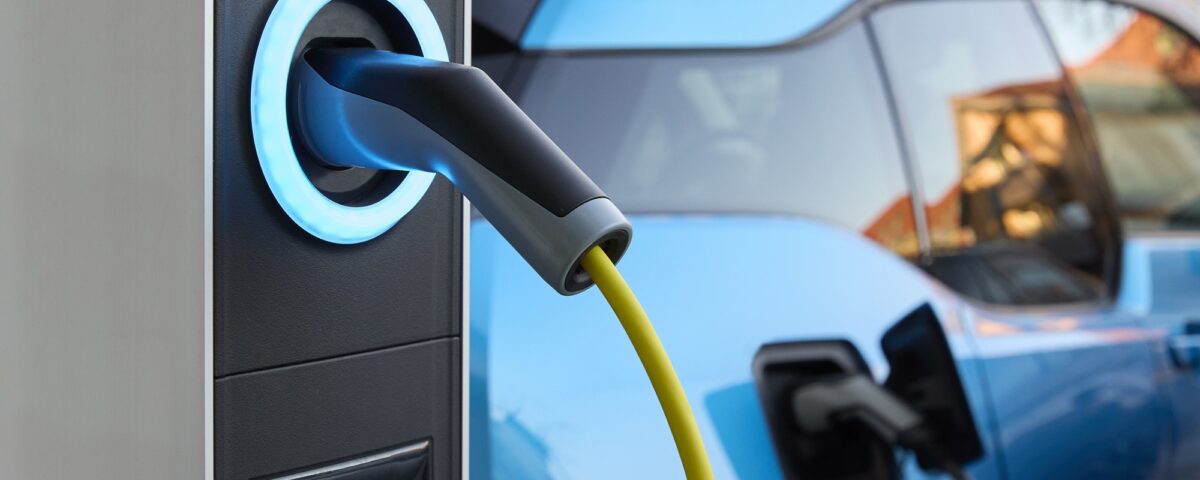
CEO Connect #4, November 2022: Renewals update
November 1, 2022
Member Matters Issue #4, December 2022
December 16, 2022Introduction
Climate change is top of the agenda on a global scale, and one of the most important strategies to slow the pace of global warming is to reduce the burning of fossil fuel and CO2 emissions. The use of electric vehicles (EVs) and the provision of EV charging stations is only one strategy being adopted by our Members in the fight against climate change but is not without risk.
Europe is well ahead of Australia with almost 25% of all registered vehicles being either hybrid models or fully electric – and there is plenty we can learn from the European experience. As the uptake of electric vehicles gains momentum here over the coming years, and the number of charging stations increase, there are a suite of risks that our Members will need to understand and manage. In this emerging risk report, we look at:
- The different types of “electric vehicles”
- The different kinds of risks presented by EVs and charging stations
- Lessons learned from the European experience and guidance for managing risks
- Other considerations when planning
- Some fun facts and interesting statistics
What’s the difference?
Remember Sol from the Castrol Oil Advertisement when he said “Oils ain’t oils”? Well, the same applies to EVs. There are a lot of different types, from all-electric battery electric vehicles (BEV) to gasoline-reliant hybrid-electric vehicles (HEV), with a whole rainbow of variations between. Some electric vehicles even rely on fuel cells or gasoline generators to provide electricity instead of powerful battery banks.
The unifying factor is that all electric vehicles utilise an electric motor to drive the vehicle, either alone or in concert with a gasoline-reliant internal combustion engine (ICE). While all these vehicles use electricity in one way or another, only BEVs are pure EVs. Unlike other types of EVs, BEVs rely only on battery power. These vehicles don’t have internal combustion engines, don’t have exhaust pipes, and produce zero emissions during operation. Since there is no internal combustion engine, the battery needs to be charged by plugging it in.
The definition for each type of vehicle is listed below:
- EV/BEV: Battery electric vehicles are the only pure electric vehicles
- HEV: Hybrid electric vehicles include both an electric motor and an internal combustion engine that runs on gas.
- PHEV: Plug-in hybrid vehicles are a variation of hybrid electrics that can be plugged in to charge.
- EREV: Extended-range electric vehicles are hybrids designed to run entirely on an electric motor, and don’t include a traditional internal combustion engine. Instead, they have a gasoline generator that can provide electricity to the batteries and motor to extend the overall range when needed.
- FCEV: Fuel cell electric vehicles are different from other electric vehicles. Instead of a rechargeable battery, they use fuel cells that generate electricity through a reaction between hydrogen and oxygen. They must be refuelled at hydrogen charging stations.
https://www.lifewire.com/ev-phev-fcev-hybrid-compared-5201137
What are the Risks?
As the uptake of electric vehicles gains momentum in the coming years, and the number of charging stations increase, there are a suite of risks that universities will need to understand and manage.
More content available to Members Only
Login To Unlock The Content.Read other Emerging Risk Reports here.
To subscribe to Emerging Risk Reports or other Unimutual updates, please send your details to service@unimutual.com.au or follow us on LinkedIn for notifications.



